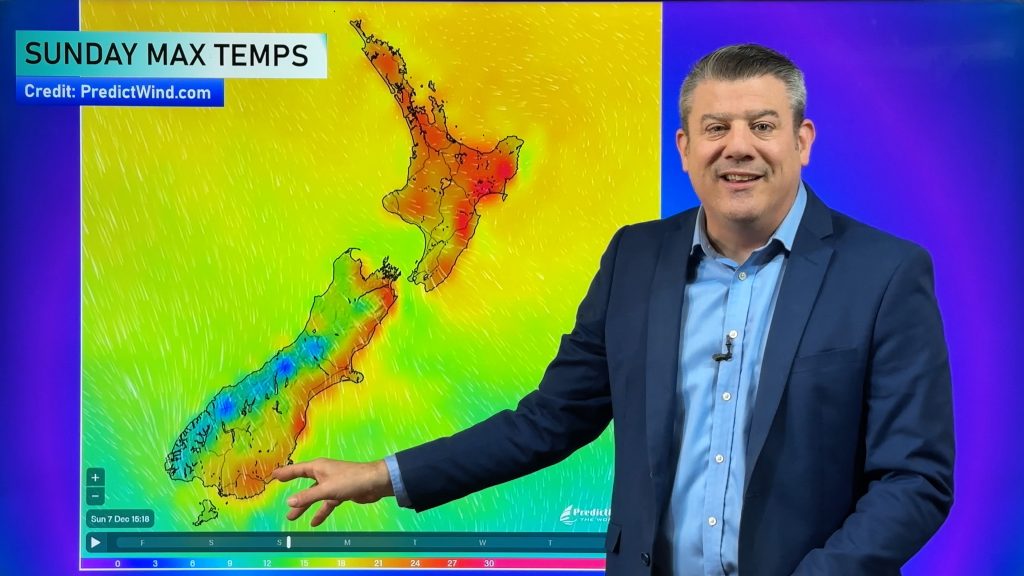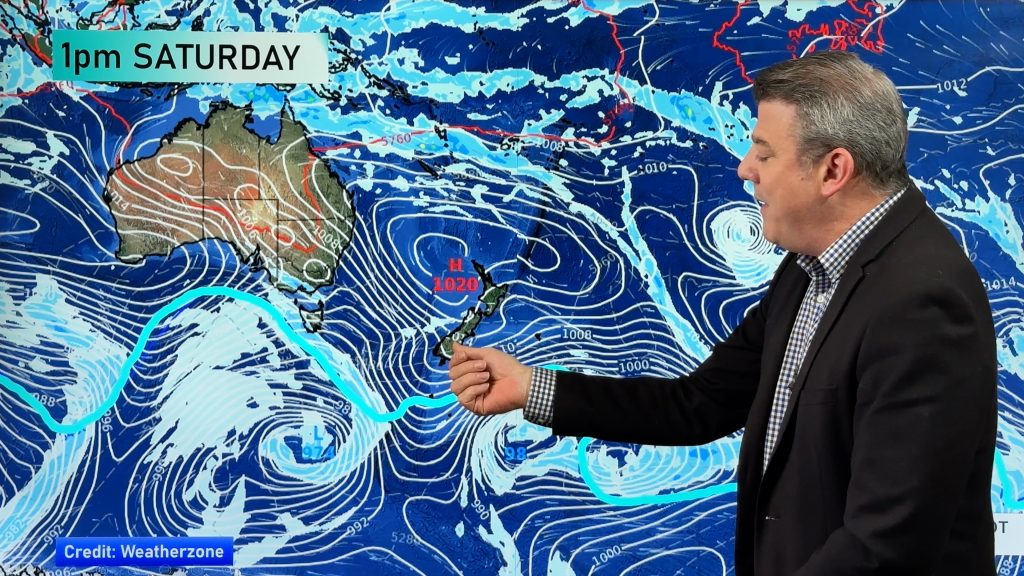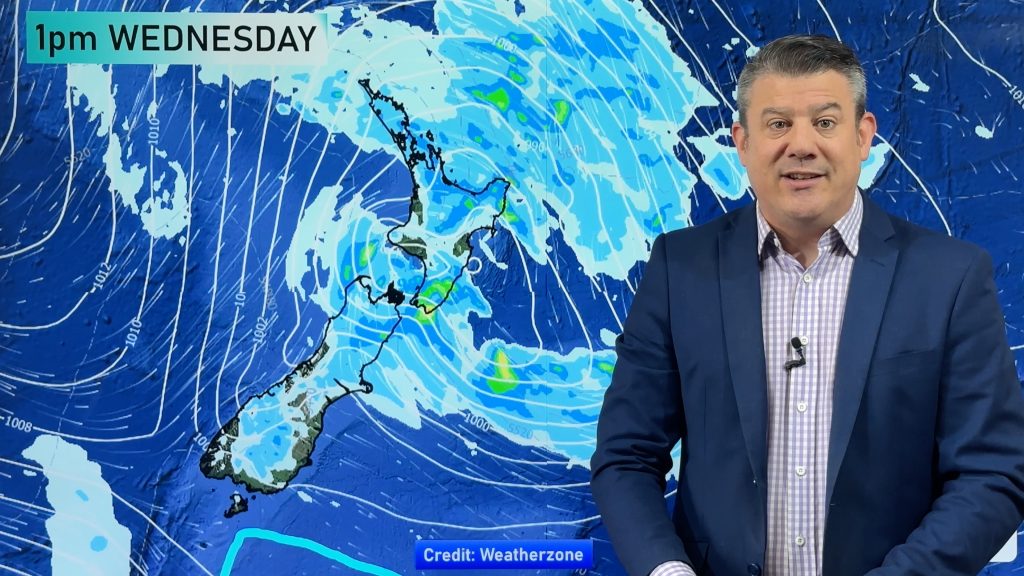
> From the WeatherWatch archives
New Zealand sweltered through its hottest May since record-keeping began … but the weather was hardly perfect, as some areas were drenched in more than double their usual rainfall.
Figures issued today by climate agency Niwa showed that May was 2.3C warmer than usual.
The average monthly temperature was 13.1C, a heat normally expected for April.
The previous hottest May, recorded in 2007, had a mean temperature of 12.4C.
Niwa’s principal climate scientist, James Renwick, said the numbers were extraordinary and unusual.
“A monthly jump of two degrees is extremely unusual – it’s a surprisingly big step up,” he said.
“We’ve had a very strong La Nina event in the tropics since about August last year, which brings weather from the north over New Zealand and warmer air down from the sub-tropics.”
Mr Renwick said the warm tropical air flow also caused the destructive storms and flooding which hit the Bay of Plenty at the end of April.
“The warmer the air, the more water it can carry, which is why the areas which were the warmest, like the eastern Bay of Plenty, also had more than double their average rainfall.
“So it’s been very wet in a lot of places and very warm, but with not a lot of sunshine.”
At the start of May, eastern areas of the North Island were battered by torrential rain and gale force winds which caused widespread flooding and a state of emergency in Hawkes Bay.
Later in the month, Nelson’s rivers were pushed to bursting point when the region had 3.5 times its normal rainfall. But its temperature was 3.5C warmer than normal.
At Whakatane, the airport raingauge showed the region had 2.5 times its normal rainfall.
Mr Renwick said the La Nina event, which was responsible for the record-high temperature, also caused the tornado which tore through Auckland’s North Shore at the start of the month, killing a man at Albany.
“To get a vigorous tornado, you’ve got to get a vigorous thunderstorm,” said Mr Renwick.
“And for that to happen you’ve got to have a lot of moisture in the air and energy.”
He said global warming had increased New Zealand’s average temperature by about 1C in the past hundred years, so other heat records were becoming more and more likely.
“It makes it easier to get a warm month because the background temperature keeps increasing.”
– Story by NZHerald.co.nz
Comments
Before you add a new comment, take note this story was published on 31 May 2011.





Add new comment
Guest Ian Cooper on 3/06/2011 1:57am
NIWA, close but no prize!
A lot of hyperbole. “So Its been very wet in alot of places…” Try, ‘very wet in a few places.’
As for the temperatures, yes they were right up there. Here in ol’ Palmy Town the T-Max Mean of 17.6 was still behind the record set in 1962 of 17.8.
The T-Min air mean of 9.2 tied with 1975 and 1962 for 2nd place behind the 9.5 of 1956.
The overall Mean of 13.4 was still 0.1 behind the record of 1962.
Rainfall was close to ave at 86.2mm.
Sunshine was down, thanks to all of the cloud bearing northerlies,but still far from the worst for May. As I said, for here the story is, close but no prize!
As for Dr Renwicks claim that, “Global warming had increased New Zealand’s average temperature by about 1C in the past hundred years, so other heat records were becoming more and more likely.
“It makes it easier to get a warm month because the background temperature keeps increasing.” Firstly the near record T-Max temp of Timaru back on Feb 6th still didn’t beat out the now 38 year old record set in Rangiora of 42.4 C.The Annual Mean Temp record of 14.2 C for here was set in 1998, while 2nd place at 14.0C is shared by 1971,1974 & 1999. hardly a sign that record breaking events are happening at an increased level around here.
If Dr Renwicks claims are to be believed then how do we account for the cold snap happening across the ditch mentioned elsewhere on this site. It is either a ‘global event’ or it is a ‘regional event’. I go for the latter. One area counter balancing the other. Natural variation. A strong La Nina this year. Almost as strong as 1974-75 (when the last serious flooding occurred in Queensland).Also similar to 1962 and other La Nina events.
I’m afraid this is just another example of NIWA trying to justify their CAGW stance using expected natural variation peaks to back up their claims. I’m sorry Dr’s Georgina & Jim of NIWA, some of us have been around long enough to remember those Indian Summers of ’62 etc. Been there. Done that. Got the t-shirt! Nothing new or unexpected here. Let’s move on.
Cheers
Ian Cooper
Glen Oroua
Reply